Cricket Scandals: The South Africa Tour That Changed Australian Cricket Forever
When the phrase cricket scandals is said, most of the fans remember the sandpaper scandal, which led to the bans of two notable Australian players, David Warner and Steven Smith. This incident took place in the Test series between Australia and South Africa, where the two legendary stars were seen playing illegally with the ball’s surface.
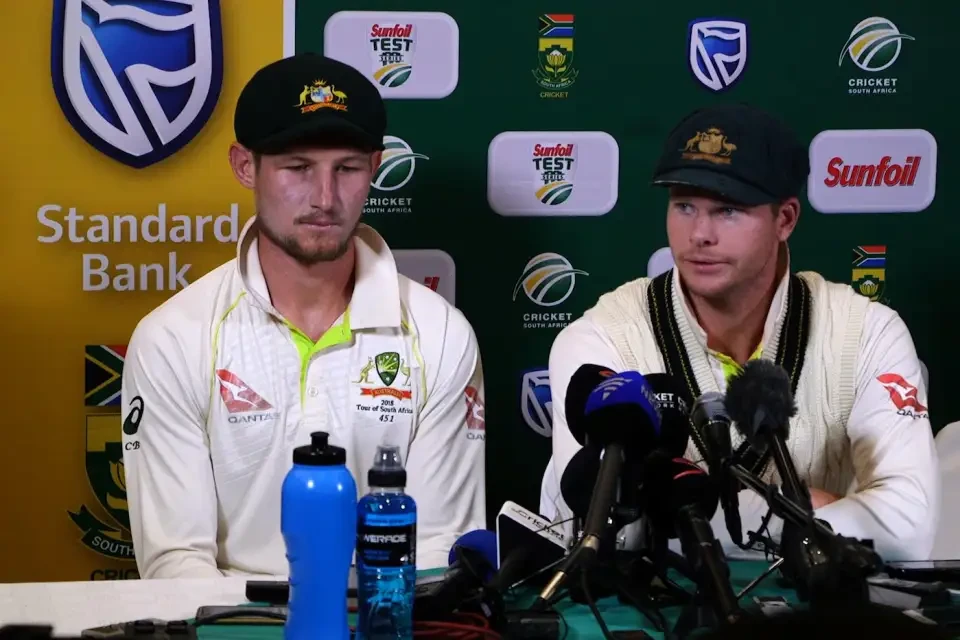
Upon being caught and with some investigation, they were also handed a 12-month ban from international matches. But this was not the only thing that made the South Africa and Australia series controversial. Let’s take a look at the incidents that led to the sandpaper scandal and how it made the series the most controversial in cricket history.
Australia’s Decline in 2016–17
Steven Smith was appointed as the captain of the Australian cricket team in 2015, and fans thought it to be a golden period for the team in the Test format. Smith, being a part of the Fab Four, was chosen as one of the top contenders for the team’s captaincy in the Test format, but what followed next became the start of his worst nightmare.
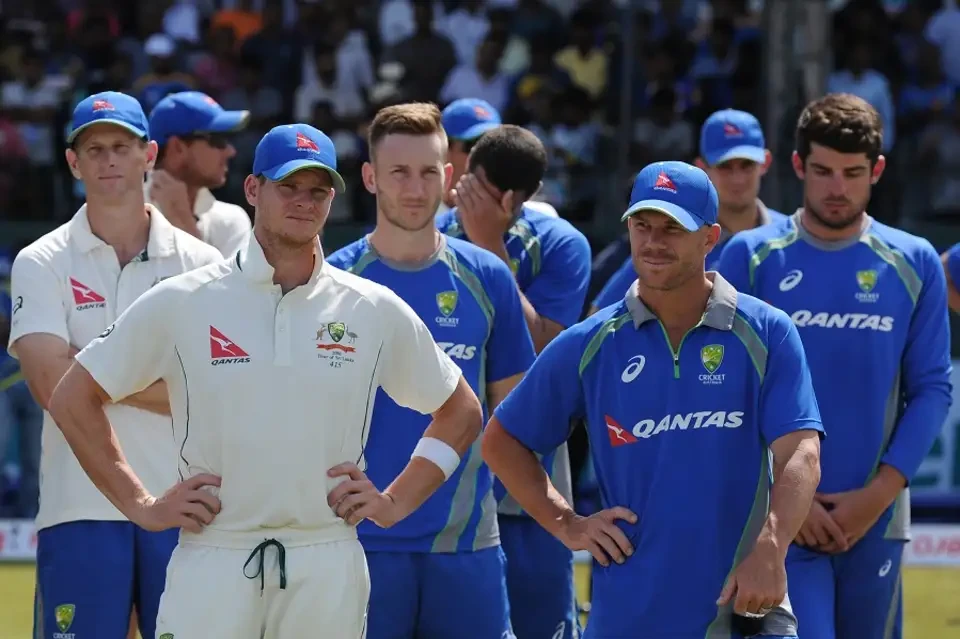
The downfall of the Australian team in the Test format started with the series against Sri Lanka, which was played from July to September in 2016. Being the away team, Australia lost all three matches, with the Lankans providing them with a whitewash. This was also followed by a 1-2 loss against South Africa, while playing in the home tests.
With several losses coming in the last two Test series, the team and the captain were a lot frustrated. James Sutherland, the CEO of Cricket Australia at that time, visited the team’s locker room and bluntly said to Steven Smith, “We don’t pay you to play, we pay you to win.” This moment was also described as disappointing by the former Australian captain, and it led to the team having the mentality of winning at all costs.
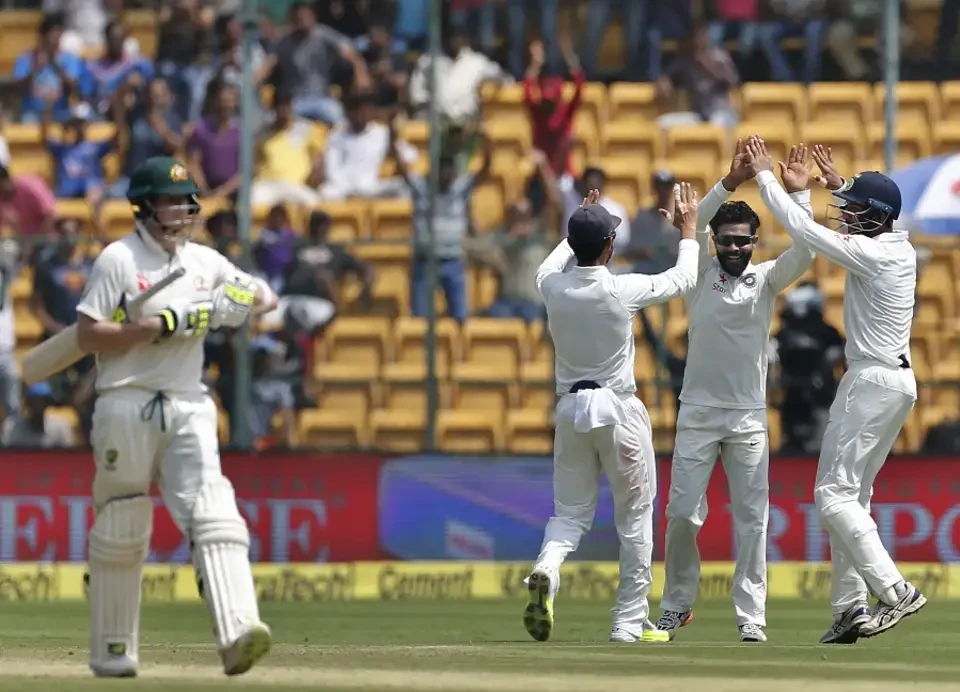
Australia had a great performance in the series against Pakistan, but the Border-Gavaskar Trophy against India didn’t come out as expected. The Australian team lost the Test series against India by 1-2, as the latter retained the BGT. However, at this time, the team also faced accusations of unfair use of the DRS system.
Steven Smith was accused of receiving signals from the team’s dressing room while taking the DRS, as the Indian team furiously went against the same. At this time, James Sutherland also denied the accusations, saying, “Never, ever, ever … we play the game the right way.”
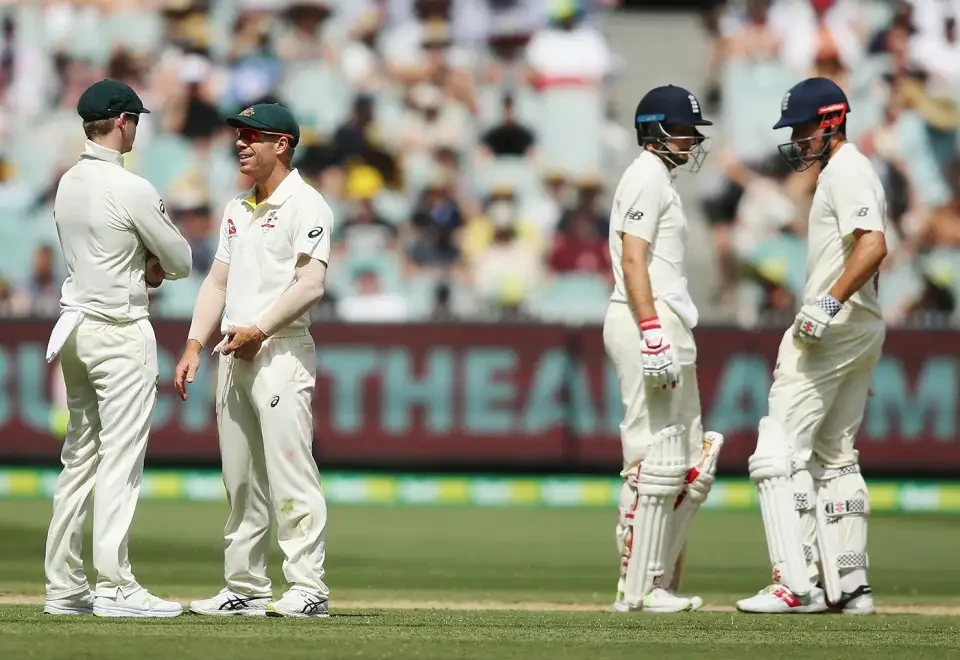
With the BGT series being lost, the team had to fight with their inconsistent run in the Test format. For this, the Ashes 2017-18 brought in the perfect opportunity, as Australia was able to win the series 4-0, and the best part was that they didn’t even lose a single game. However, this was maybe the last series that the team had fully enjoyed under the captaincy of Steven Smith.
Australia Tour of South Africa 2018
Following the win against England in the Ashes, the dark time for the Australian cricket team began with the series against South Africa. Here are the incidents that took place during the most controversial and scandalous Test series in cricket history:
First Incident: Durban Heat & Staircase Showdown
Things started getting heated up between the Australian and South African players from the first Test. The tensions were seen on March 5, when both teams headed to their dressing room during the tea interval. At this time, David Warner and Quinton de Kock got involved in a heated altercation, which was also caught on the CCTV cameras.
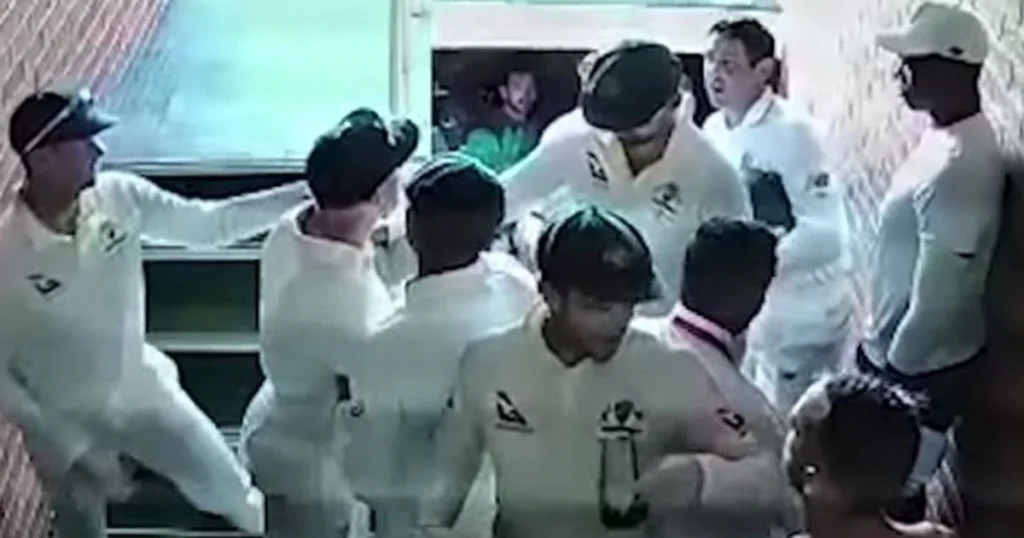
Both players reportedly abused each other about their families, and it was also seen that the Australian players were separating David Warner from going towards Quinton de Kock. When the ICC got to know about this, David Warner was given a Level 2 charge and fined 75% of his match fees, while Quinton de Kock received a Level 1 charge and was fined 25% of his match fees.
Fans thought this would be the end of the controversies in the series, but in the same match, Nathan Lyon and AB de Villiers got involved in a clash. During the 4th day of the same Test match, Nathan Lyon had run out de Villiers and intentionally threw the ball at him before he started to celebrate his wicket.
This gesture by Lyon was also followed by an aggressive celebration by David Warner, which made things even more heated between the teams. Following this, ICC also charged Lyon with a Level 1 offence and fined 15% of his match fees. After the match, AB de Villiers tweeted on his official handle, saying that this series will be worth remembering, and the rest remains history.
Second Incident: Shoulder Bump Storm
With the first Test, things were already heated up between both teams, as they got ready for the 2nd match. The next game was being played at Port Elizabeth, where the first day saw yet another heated moment between the two teams. Kagiso Rabada dismissed Steven Smith with his fiery deliveries, and while celebrating the same, he gave a shoulder push to the Australian captain.
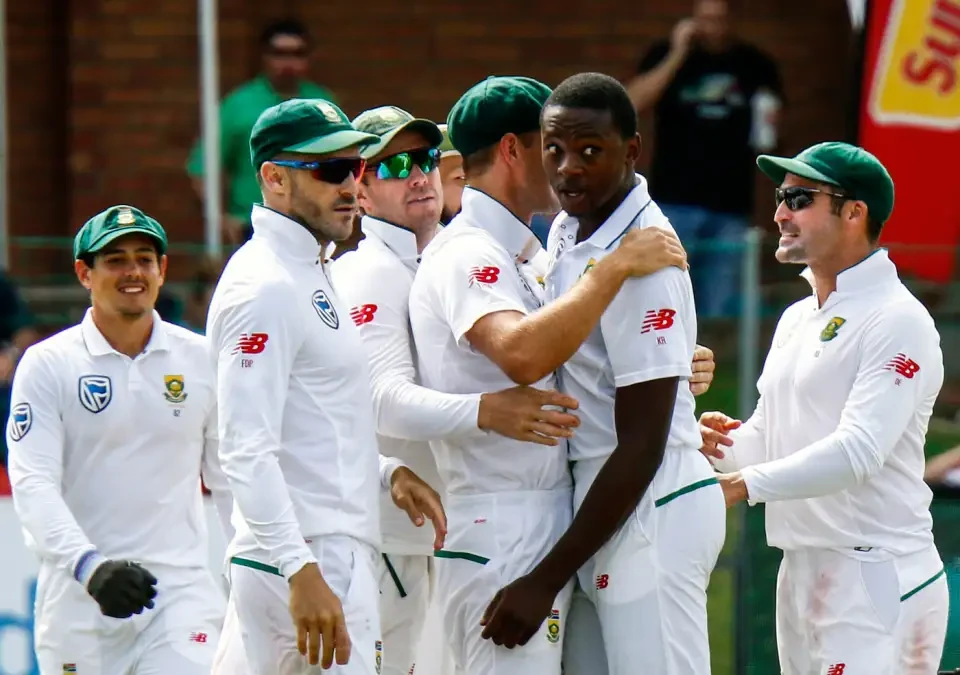
The on-field umpires took a look at this incident, and Rabada’s celebration was marked as “inappropriate and deliberate physical contact,” following which he received a level 2 offence from the ICC Code of Conduct and was fined 50% of his match fees. Also, with three more demerit points added to his name, Rabada had 8 points, which were enough to provide him with a two-Test match suspension.
But the Proteas bowler used his Right to Appeal for this incident, which saved him to a great extent. A hearing for this incident took place on 20 March, where the evidence submitted by Kagiso Rabada was found relevant, and there was not much evidence available from Steven Smith or the umpire’s side to call the contact between the two players “deliberate.”
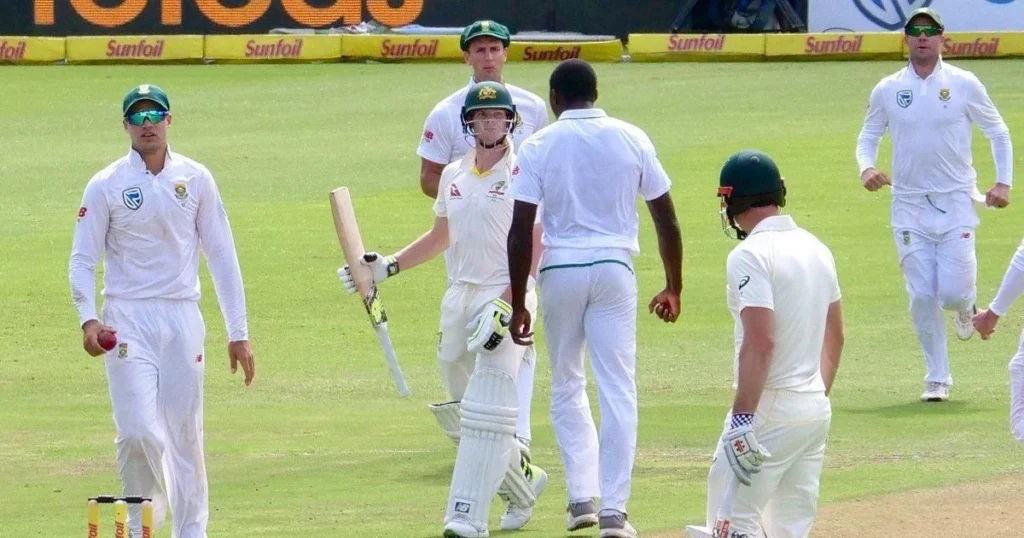
Following this, the Level 2 offence of the Proteas bowler was reduced to a Level 1 offence, and he was allowed to participate in the upcoming Test matches, since his total demerit points reached only 7. On the other hand, Steven Smith, the Australia captain, said that the shoulder push done by Kagiso Rabada was much harder than it looked on Television. He was also shocked knowing that Rabada’s suspension was cancelled following his appeal.
Third Incident: Sandpaper Gate Scandal
Fans who thought that the first two Test matches were enough to make this series heated and controversial didn’t know what was about to come in the third Test. This match was being played in Cape Town, and the incident brought down the reputation of the Australian cricket team. On the third day of the third Test, Cameron Bancroft was spotted using a piece of yellow paper to tamper with the ball conditions between the over breaks.
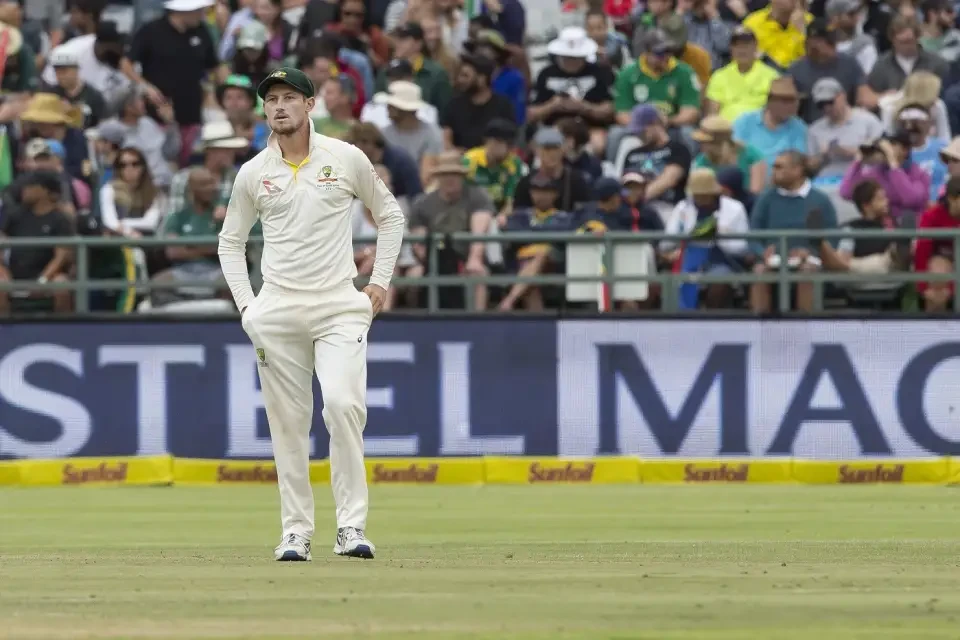
When Bancroft realised that he was being filmed during this incident, he immediately put the paper in his trousers, which further intensified the suspicions of him going against the game. Bancroft was caught ball tampering, and during the media interview on the day, Steven Smith also agreed that this incident had the involvement of his leadership and was premeditated.
With this confession, ICC provided Smith with a 100% match fee as a fine and even banned him for one match, while Cameron Bancroft suffered with fines and demerit points. But this was not all that was suffered by the players, as Cricket Australia started its own investigation into this scandal. And this is also the situation where the Australian cricket team and its fans encountered a black day for Australian cricket.
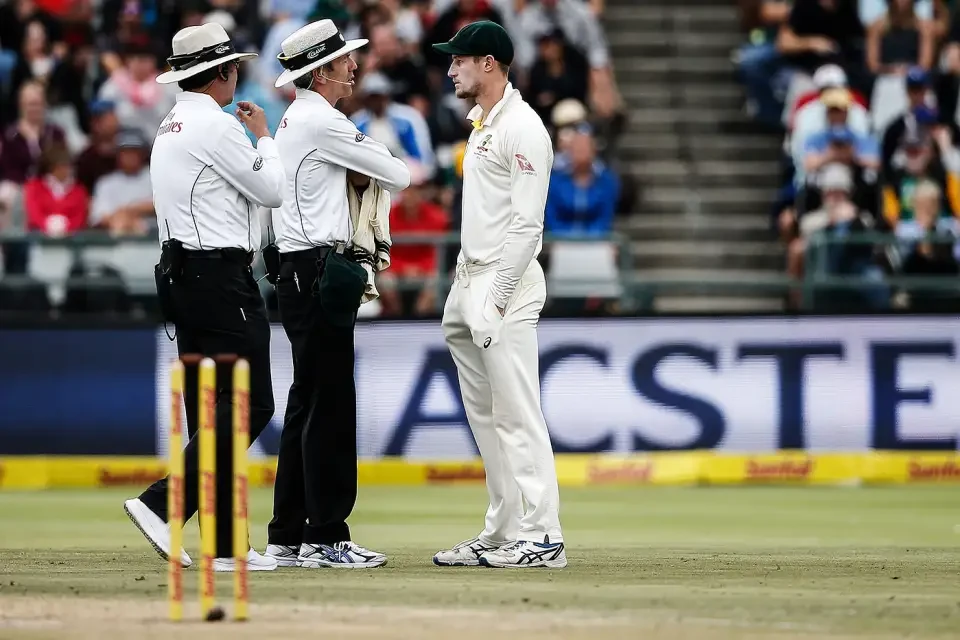
Team captain Steven Smith and vice captain David Warner were found guilty and received a suspension of 12 months, while Cameron Bancroft received a 9-month suspension. Darren Lehmann was cleared not to be involved in this incident, but he later resigned from his duties as the coach of the Australian team. Along with that, all three players who received suspensions were immediately sent back to Australia mid-series.
Aftermath of the Sandpaper Gate Scandal
The Sandpapergate scandal in 2018 led to a deep cultural reckoning within Australian cricket. Following the ball-tampering controversy in South Africa, Cricket Australia initiated a full-scale review of the team’s values and conduct. This resulted in the resignation of coach Darren Lehmann and, later, CEO James Sutherland. The review exposed a win-at-all-costs mentality and poor leadership culture. In response, new behavioral standards were introduced to rebuild trust, restore integrity, and emphasize sportsmanship.
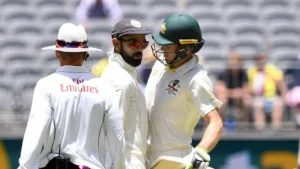
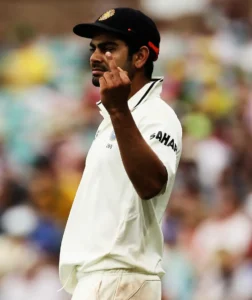

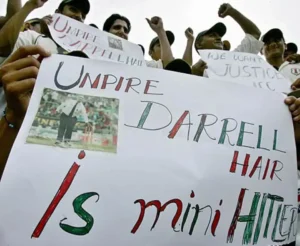
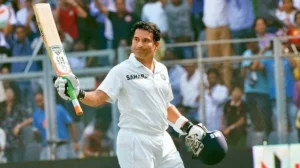
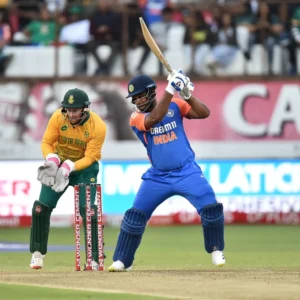
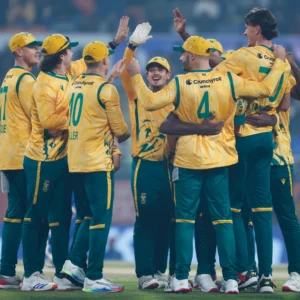
Comments